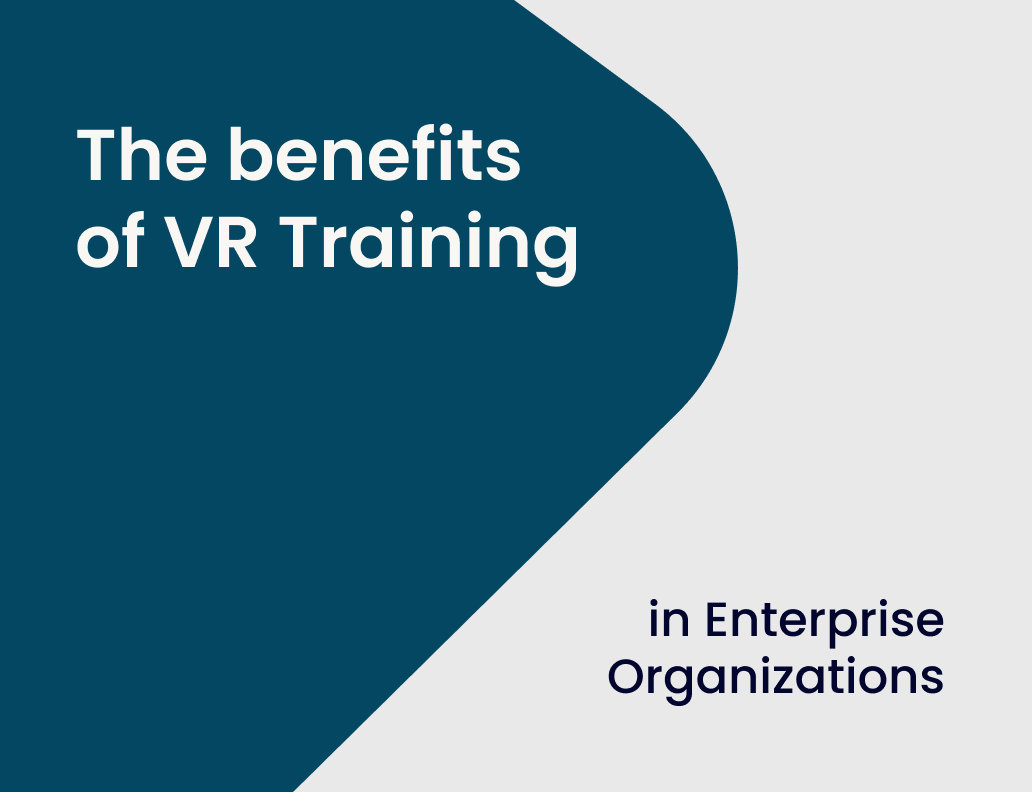
Remember the boring training sessions of the past? Endless lectures, outdated handbooks…
It’s enough to send even the most dedicated employee into a productivity coma, those days are over. Virtual reality is entering the world of corporate training and is set to change the way employees learn and develop key skills. VR training is more than just ticking boxes on a training checklist.
Utilizing VR technology, you can create a dynamic and effective learning environment and develop a more skilled, productive, and ultimately successful workforce. Think of it as an investment in your company’s greatest asset – your people.
VR training
VR is not just a gadget, it is a complete learning environment. Imagine a trainee pilot flying in a virtual cockpit during a snowstorm. Or a new surgeon honing their skills on a holographic patient. It’s learning in a boiling pan: VR puts you in scenarios you can’t recreate in real life, where you’re out of pocket, or where it’s really
The benefits of VR training
Here’s why VR training is the perfect employee training:
- Research shows that VR training delivers better knowledge than traditional methods. Why is this? Because VR puts you in an interactive 3D world, making learning more engaging and memorable. It’s like preparing for an exam instead of actually experiencing it.
- VR simulations allow employees to practice complex tasks in a safe and controlled environment. This builds muscle memory and confidence, allowing them to improve their skills before going into the workplace.
- Imagine, you need to train 100 employees. No problem. VR programs are easily designed to scale to a large workforce, saving you the travel costs and logistical nightmares associated with setting up a physical training venue.
- VR simulations can train employees for potentially dangerous situations, such as working with volatile substances or dealing with emergencies. This can reduce accidents and injuries during on-the-job training. Employees are safer and companies can breathe a sigh of relief.
VR training applications
The applications of VR training are as diverse as a well-stocked toolbox. Here are just a few of them:
- Production: Workers can learn complex machine operations, production line techniques, and safety protocols.
- Healthcare: Healthcare professionals can practice surgery, patient transport techniques, and emergency response scenarios in a safe virtual hospital.
- Aviation: Pilots can practice emergency landings, navigate dangerous weather conditions, and learn new aircraft types.
- Retail: Customer service professionals can use VR simulations to improve their ability to deal with difficult customers, practice product demonstrations, and learn sales techniques.
The future of VR training
The VR technology progresses at an unprecedented pace, and we can expect to see more advanced and immersive educational simulations.
We’re talking about AI integration that adapts VR programs to individual learning styles and provides personalized training feedback. We’re also looking at collaborative VR experiences, where teams train together in a virtual environment to help each other communicate and work better.
Conclusion
As a result, VR training completely changes the approach to workforce development. It also moves away from passive learning and immersing the learner in a dynamic, interactive experience that increases knowledge retention, improves skill development, and ensures safety.
From production lines to virtual hospitals, VR apps are as varied as business needs. We can really see VR technology changing the world, so, the promise of more personalized and collaborative training experiences makes VR an essential tool for future-proofing workforce development.
